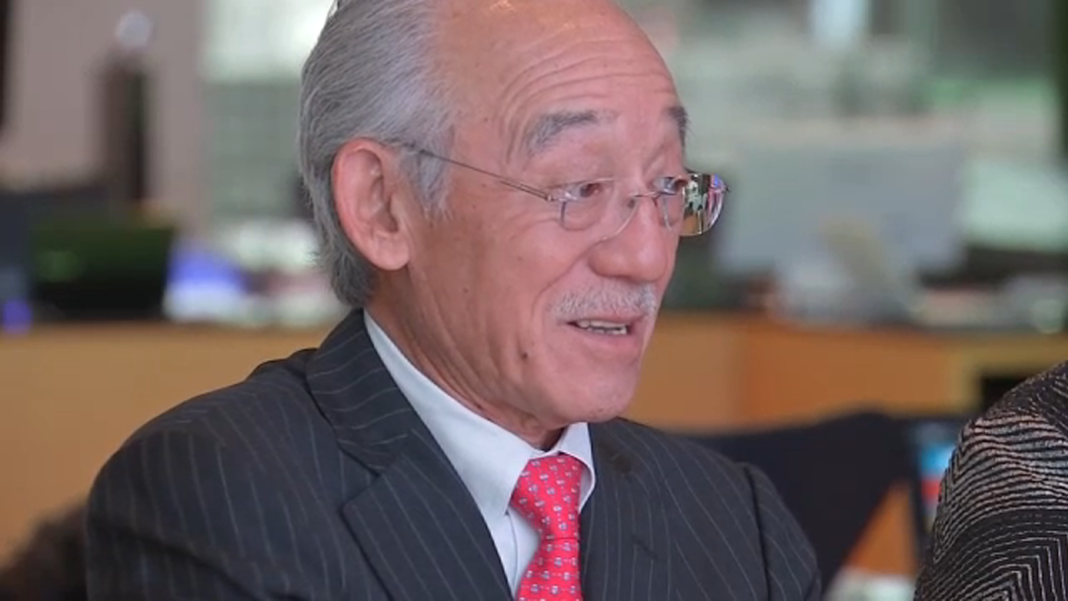 Analysis: Federal Reserve Officials Discuss Potential Interest Rate Hike
Analysis: Federal Reserve Officials Discuss Potential Interest Rate Hike
During the June policy meeting, Federal Reserve officials expressed concerns about the possibility of raising interest rates if inflation remained elevated or continued to rise. The minutes from the meeting, released on Wednesday, revealed that the officials are not yet ready to cut interest rates until they have greater confidence in achieving the central bank’s 2 percent inflation goal. However, if price stability is not restored, persistent inflation pressures could lead to tighter financial conditions. This could have a negative impact on lower-income households, potentially causing a larger negative effect on economic activity than anticipated.
The potential consequences of tighter monetary policy were also discussed. As the effects of the Federal Reserve’s rate hikes since March 2022 permeate the broader economy, officials anticipate heightened weakness in demand, which could result in a higher unemployment rate than previously forecasted. The normalizing labor market could lead to a larger unemployment response to weakening demand compared to the recent past when lower demand for labor was felt through fewer job openings. In the face of unexpected economic weakness, meeting participants agreed that monetary policy should be ready to respond.
The Fed’s Confidence in Achieving Inflation Target
Despite these concerns, Federal Reserve officials expressed confidence in achieving their 2 percent inflation target following the release of May’s inflation numbers. This confidence was reflected in the market’s reaction, with the tech-heavy Nasdaq Composite Index and the S&P 500 closing at fresh records. The Dow Jones Industrial Average remained relatively unchanged at the end of the trading session.
U.S. Treasury yields saw a decline across the board, with the benchmark 10-year yield down 7.5 basis points to 4.36 percent. The 2-year yield shed 3.1 basis points to 4.706 percent, while the 30-year bond declined 8 basis points to 4.528 percent. The U.S. Dollar Index (DXY), which measures the greenback against a basket of currencies, also fell by 0.34 percent to 105.37 percent. The index has seen an overall increase of around 4 percent since the start of the year.
Experts’ Perspective on the Economy and Central Bank’s Actions
Jim Besaw, the CIO of GenTrust, noted that the U.S. economy is starting to show signs of slowing down as the Federal Reserve’s hiking cycle enters its 27th month. He pointed to the Bloomberg economic surprise index, which indicates that actual economic data is falling short of analysts’ forecasts. Besaw emphasized that central banks are aiming for a narrow path where inflation returns to target without causing a significant slowdown in growth.
One area of concern is the labor market, which plays a crucial role in economic growth. The payroll processor ADP’s National Employment Report showed that the private sector added 150,000 new jobs in June, slightly below the consensus estimate of 160,000. This figure was also lower than the upwardly revised 157,000 jobs added in May. The upcoming June jobs report, expected to be released on Friday, is anticipated to reveal 190,000 new jobs added and an unemployment rate of 4 percent.
Fed Chair Jerome Powell addressed these concerns during a central banking forum in Portugal on July 2. He acknowledged the progress made in the disinflation process following recent inflation figures but emphasized the importance of being more confident that inflation is sustainably moving down toward 2 percent before considering policy changes. Powell expressed caution about acting too soon or too late, as premature action could undermine previous efforts or harm the recovery and expansion.
Chicago Fed President Austan Goolsbee suggested that the Federal Reserve could potentially cut interest rates in the coming months due to warning signs in the broader economy. Goolsbee highlighted that the real interest rate, adjusted for inflation, is currently as high as it has been in many decades. As inflation decreases, this real interest rate becomes tighter, potentially affecting the real economy. These concerns align with the Bureau of Economic Analysis’ report, indicating that the U.S. economy expanded by 1.4 percent in the first quarter of 2024. The Atlanta Fed’s GDPNow model estimates 1.5 percent growth for the second quarter, down from an earlier estimate of 4.2 percent in early May.
Looking ahead, the futures market indicates that the first quarter-point rate reduction could occur at the September policy meeting, according to CME FedWatch Tool data.
In conclusion, the Federal Reserve’s discussions about potential interest rate hikes reflect their concerns about persistent inflation pressures and the need for price stability. The impact of tighter monetary policy on household finances and economic activity is a key consideration. While officials express confidence in achieving the 2 percent inflation target, recent data and expert perspectives suggest caution and potential future rate cuts to support economic growth. The labor market remains a crucial factor, and upcoming job reports will provide further insights into the economic outlook. Overall, the Federal Reserve aims to strike a balance between addressing inflation concerns and ensuring sustained economic expansion.


